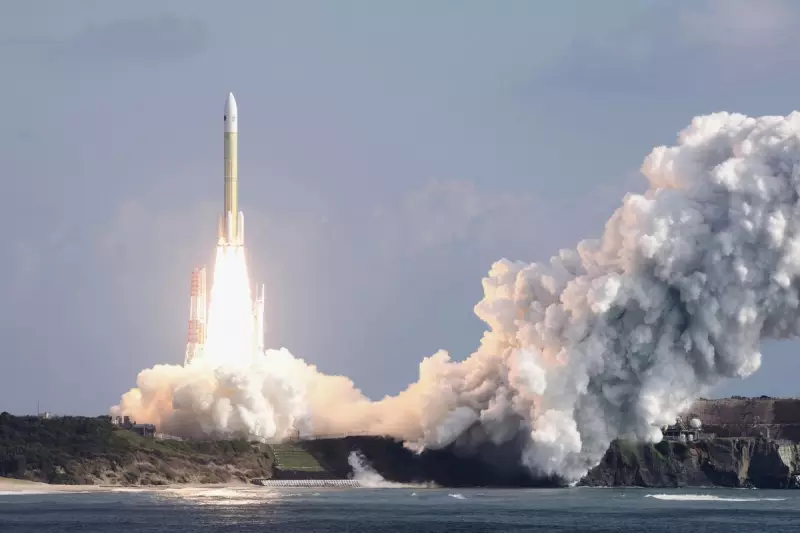
In a landmark achievement for space exploration, Japan has successfully launched and docked its next-generation HTV-X cargo spacecraft with the International Space Station, marking a significant advancement in orbital logistics capabilities.
A New Era in Space Resupply
The unmanned spacecraft, developed by the Japan Aerospace Exploration Agency (JAXA), completed its flawless maiden voyage to the orbiting laboratory, delivering approximately 5,800 pounds of essential supplies and scientific equipment. This successful mission represents a major milestone in Japan's ongoing contributions to international space cooperation.
Enhanced Capabilities and Efficiency
The HTV-X spacecraft introduces several technological improvements over its predecessor, including:
- Advanced navigation and docking systems
- Increased payload capacity
- Enhanced solar power generation
- Reduced operational costs
- Improved reliability and safety features
These upgrades position Japan as a key player in the future of space station resupply missions and deep space exploration initiatives.
International Collaboration in Orbit
The successful docking demonstrates the continued strength of international partnership in space exploration. Japanese engineers and scientists worked closely with NASA and other international space agencies to ensure the spacecraft's compatibility with the ISS infrastructure.
This mission underscores Japan's growing role in supporting long-term human presence in space, providing critical resources for the astronauts aboard the station and enabling groundbreaking scientific research in microgravity conditions.
Future Implications for Space Exploration
The HTV-X's successful debut paves the way for more efficient and cost-effective resupply missions, potentially supporting future lunar operations and Mars exploration programs. JAXA officials have expressed confidence that this new spacecraft will serve as a workhorse for orbital logistics throughout the coming decade.





